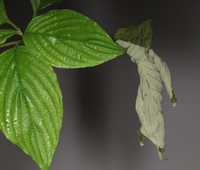
| Recorded by: Jim Petranka and Becky Elkin on 2025-06-05
Mitchell Co.
Comment: | 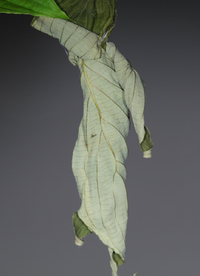
| Recorded by: Jim Petranka and Becky Elkin on 2025-06-05
Mitchell Co.
Comment: |
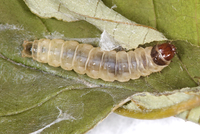
| Recorded by: Jim Petranka and Becky Elkin on 2025-06-05
Mitchell Co.
Comment: | 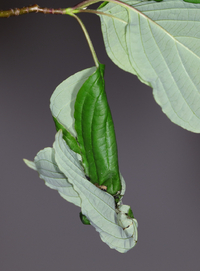
| Recorded by: Jim Petranka on 2024-05-22
Madison Co.
Comment: Stem tips with wilted to dried leaf shelters were on Alternate-leaved Dogwood. Each had a single larva and one on a dried leaf structure was within a thinly veiled cocoon. |
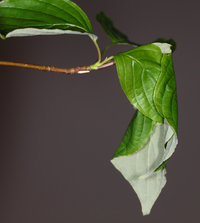
| Recorded by: Jim Petranka on 2024-05-22
Madison Co.
Comment: Stem tips with wilted to dried leaf shelters were on Alternate-leaved Dogwood. Each had a single larva and one on a dried leaf structure was within a thinly veiled cocoon. | 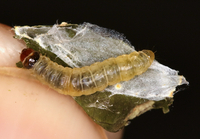
| Recorded by: Jim Petranka on 2024-05-22
Madison Co.
Comment: A larva from a dried and blackened leaf shelter that was removed from a thin-walled cocoon (evident in the background). |
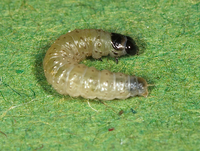
| Recorded by: Jim Petranka and Becky Elkin on 2024-05-20
Madison Co.
Comment: A mid-instar larvae that was removed from a leaf shelter on Alternate-leaved Dogwood. | 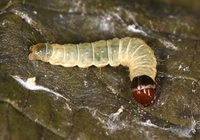
| Recorded by: Jim Petranka and Becky Elkin on 2024-05-20
Madison Co.
Comment: A later-instar larvae that was removed from a leaf shelter on Alternate-leaved Dogwood. |
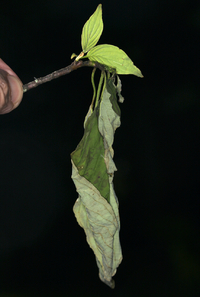
| Recorded by: Jim Petranka and Becky Elkin on 2024-05-20
Madison Co.
Comment: A leaf shelter that was constructed from a whorl of wilted leaves of Alternate-leaved Dogwood. Larvae bored into buds which cause terminal leaves to wilt and die; made a shelter by binding together several leaves. | 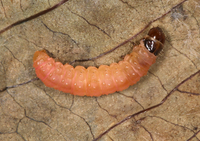
| Recorded by: Jim Petranka and Becky Elkin on 2024-05-20
Madison Co.
Comment: A prepupal larva; larvae were in wilted shoots of Alternate-leaved dogwood. Larvae bored into buds which cause terminal leaves to wilt and die; made a shelter by binding together several leaves. |
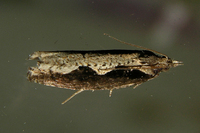
| Recorded by: Owen McConnell on 2023-10-30
Graham Co.
Comment: |

 »
»




 »
»


